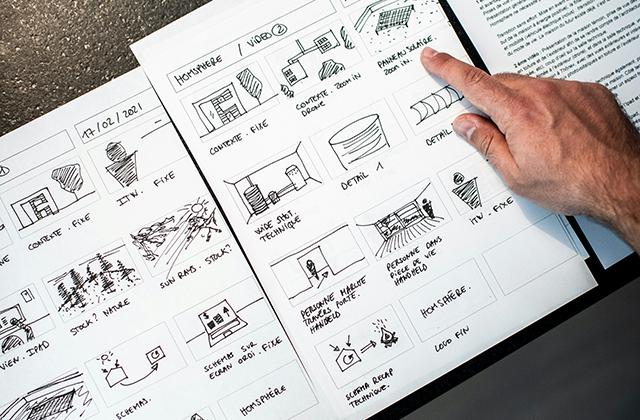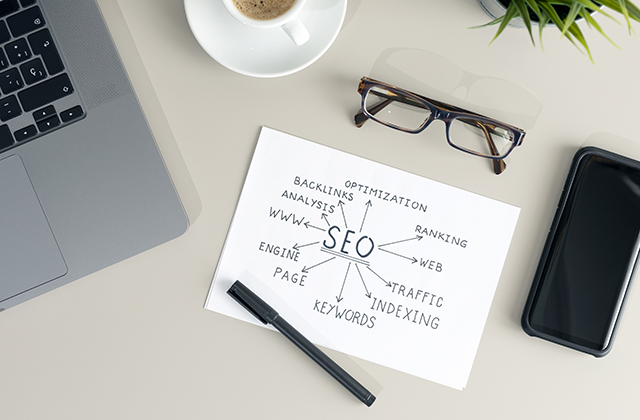Introduction
Artificial Intelligence (AI) is revolutionizing industries across the board, and the animation sector is no exception. Storyboarding, an essential part of the animation and film production process, is undergoing a major transformation due to AI-driven tools and automation. By integrating AI into storyboarding, studios can streamline workflows, improve efficiency, and foster creativity, enabling artists to focus more on storytelling and artistic expression.
This article explores how AI is shaping the future of animation workflow and creativity, with a particular focus on its impact on TV storyboard production, digital pre-visualization, and real-time animation.
The Evolution of Storyboarding with AI
1. Automating the Pre-Visualization Process
Traditional storyboarding requires artists to sketch scenes manually, frame by frame. This process, while crucial for storytelling, can be time-consuming. AI-powered tools now allow for automatic scene generation based on script input, reducing the time required to conceptualize and visualize sequences.
Software solutions like Storyboard Pro, Runway ML, and Adobe Sensei use AI to analyze scripts and generate rough compositions, helping directors and animators refine ideas quickly. This advancement is particularly useful in TV storyboard development, where deadlines are often tight, and efficiency is paramount.
2. Enhancing Creative Possibilities
AI is not just about automation; it is also a tool that enhances creativity. AI-powered generative models can assist storyboard artists in experimenting with various art styles, compositions, and camera angles.
For instance, AI can suggest unique visual styles based on different genres, whether it’s a noir aesthetic for a crime series or a vibrant, exaggerated look for animated comedies. This allows artists to break away from conventional approaches and explore fresh, innovative ideas in their work.
3. AI-Assisted Character and Background Design
Storyboarding involves designing characters and backgrounds that align with the overall visual narrative. AI can help by generating character poses, facial expressions, and dynamic compositions based on existing data.
With AI-assisted tools, artists no longer have to sketch every single frame from scratch. Instead, they can modify AI-generated images, saving time while maintaining control over artistic decisions. This process is proving invaluable for studios working on TV storyboard projects, where fast turnaround times are essential.
The Impact of AI on Animation Workflow
1. Speeding Up Production Timelines
AI-driven automation accelerates the storyboarding process, allowing studios to produce high-quality animations at a faster pace. By eliminating redundant tasks, such as drawing repetitive frames or positioning characters manually, AI enables artists to focus on fine-tuning keyframes and story elements.
Moreover, real-time AI-assisted rendering allows animators to visualize completed sequences before full production begins. This prevents costly revisions and ensures that creative direction is solidified early in the process.
2. Improving Collaboration in Remote Work Environments
In today’s digital age, many animation studios operate remotely, with artists and directors working from different locations. AI-powered cloud-based tools facilitate seamless collaboration, enabling teams to share, edit, and review storyboards in real-time.
AI can also assist in translating scripts into different languages, making it easier for global teams to work together on international projects. This level of automation significantly enhances workflow efficiency and ensures that everyone is aligned on the creative vision.
3. Real-Time Feedback and Revisions
Traditionally, storyboard revisions require manual adjustments based on director feedback. AI simplifies this process by providing real-time suggestions for composition, lighting, and character placement.
For example, if a scene requires a different camera angle to enhance dramatic effect, AI-powered tools can generate multiple alternative perspectives instantly. This speeds up decision-making and allows teams to experiment with different storytelling techniques.
AI and the Future of Storyboarding Creativity
1. AI as a Creative Assistant, Not a Replacement
While AI can automate certain aspects of storyboarding, it cannot replace human creativity and intuition. Storyboarding is an art form that requires emotional intelligence, storytelling prowess, and artistic judgment—qualities that AI has yet to fully replicate.
Instead of replacing artists, AI serves as an assistant that enhances their workflow. It provides suggestions, speeds up mundane tasks, and helps artists push their creative boundaries.
2. The Integration of AI with VR and AR Technologies
Virtual Reality (VR) and Augmented Reality (AR) are becoming increasingly integrated into animation workflows. AI-powered VR tools allow storyboard artists to step into a virtual environment, sketch scenes in 3D space, and experiment with camera movements interactively.
This immersive approach is particularly beneficial for action-packed sequences, as it allows animators to pre-visualize movement dynamics before committing to a final design. As VR and AI technologies advance, we can expect even more sophisticated storyboarding techniques in the future.
3. Ethical Considerations and AI in Animation
As AI becomes more prevalent in animation, ethical concerns regarding job displacement, originality, and authorship arise. While AI can streamline production, it is essential to strike a balance between automation and human artistry.
Studios must ensure that AI is used responsibly, respecting the creative contributions of artists. Additionally, transparency in AI-generated content is crucial to maintaining artistic integrity in the industry.
Conclusion
AI is transforming storyboarding by streamlining workflows, enhancing creativity, and enabling faster production. From automating pre-visualization to assisting with character design, AI-powered tools are revolutionizing how animators approach storytelling.
For professionals involved in TV storyboard creation, embracing AI technologies can lead to increased efficiency and new creative possibilities. Rather than replacing human artists, AI acts as a collaborative partner, allowing them to focus on crafting compelling narratives and visually engaging sequences.
As technology continues to evolve, the future of storyboarding will be defined by a seamless blend of AI-driven innovation and human artistic vision, paving the way for a new era of animation production.


